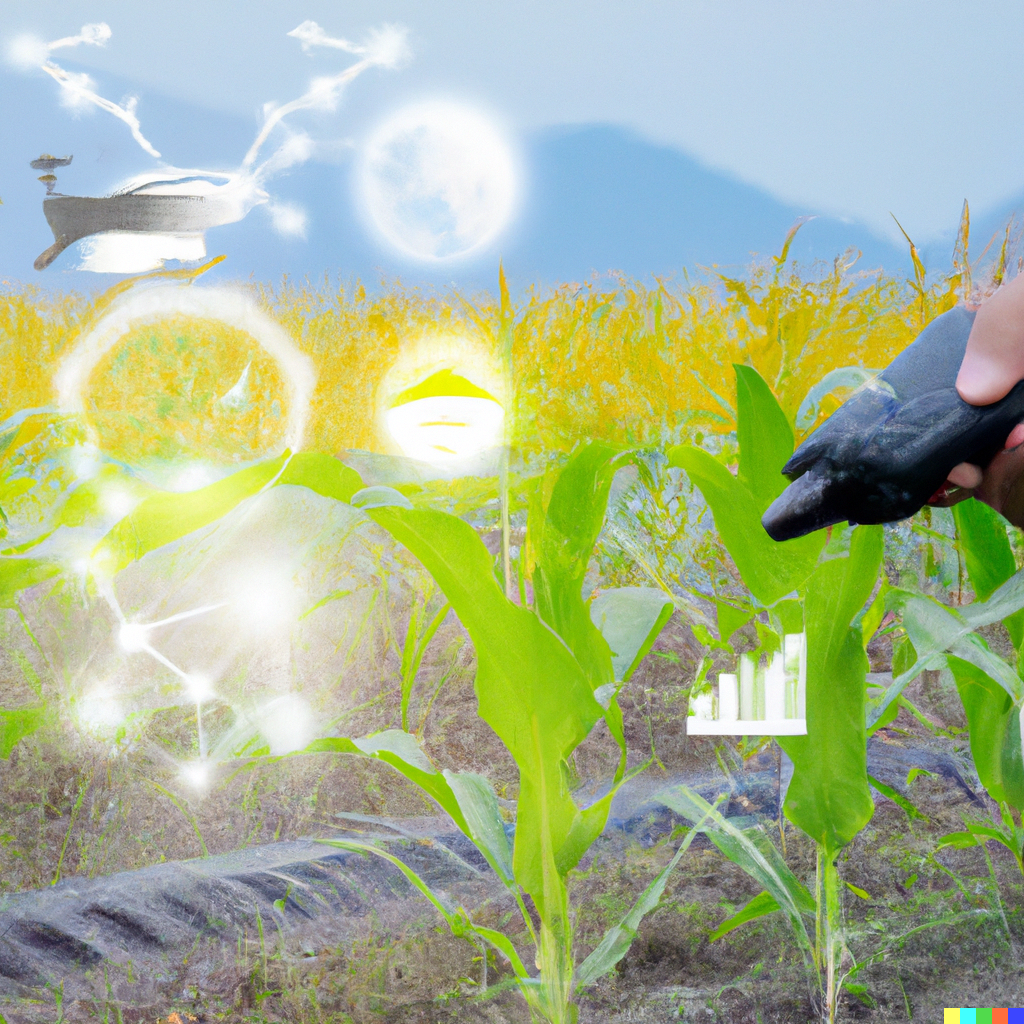July 08 | Agricultural Technology AgriTech

In a world facing the dual pressures of population growth and climate change, the agricultural sector is undergoing a technological transformation. Enter Agricultural Technology (AgriTech)—a rapidly growing field that uses innovation to improve the efficiency, productivity, and sustainability of agricultural practices.
From precision farming to vertical agriculture, AgriTech is reshaping how we grow, harvest, and distribute food. This article explores the key technologies driving this revolution, the benefits and challenges, and what the future of farming might look like.
AgriTech refers to the application of technology—such as data science, automation, artificial intelligence, biotechnology, and the Internet of Things (IoT)—to agriculture. The goal is to increase crop yields, reduce waste, conserve resources, and create more resilient food systems.
IoT enables the real-time monitoring of crops, soil, and weather conditions through connected sensors. Farmers receive updates on moisture levels, pH, and nutrient content, allowing them to make informed decisions on irrigation, fertilization, and pest control.
AI algorithms analyze data collected from the field to identify patterns, predict yields, detect diseases, and recommend actions. This automation reduces human error and increases efficiency.
Drones equipped with cameras and sensors provide high-resolution images of fields. These visuals help detect crop stress, disease outbreaks, or irrigation issues, often before they’re visible to the naked eye.
Blockchain ensures transparency in the food supply chain. It tracks produce from farm to table, enabling consumers to verify the origin and quality of their food while helping producers ensure compliance with safety regulations.
Modern gene-editing tools like CRISPR allow scientists to develop crops that are more resistant to disease, require less water, and have improved nutritional profiles.
Despite its potential, AgriTech faces several hurdles:
Startups like CropIn and DeHaat provide Indian farmers with mobile apps offering weather forecasts, pest alerts, and market prices. These tools have helped increase yields and reduce crop loss.
Companies such as PlantLab and Infarm use LED lighting and climate-controlled environments to grow crops vertically in urban spaces, drastically reducing water use and transport emissions.
Platforms like M-Pesa and Apollo Agriculture offer financial services to farmers in remote areas, helping them buy seeds, access insurance, and improve their operations.
As the global population approaches 10 billion by 2050, AgriTech will play a central role in meeting the growing demand for food. Key trends on the horizon include:
AgriTech is not just a buzzword—it’s the foundation of a new agricultural era. By combining the wisdom of traditional farming with cutting-edge innovation, AgriTech has the potential to build a food-secure, climate-resilient, and economically vibrant future.
As technology continues to evolve, collaboration among farmers, technologists, governments, and investors will be critical. The farms of tomorrow are already being built today—digitally connected, sustainable, and smarter than ever before.
SHARE THIS:
© Copyright 2025Global Tech AwardsAll Rights Reserved